This week I started working with the Law Enforcement Division of the NPS. I did a lot of interesting things and gained all different types of experience on different parts of what LE rangers at FOMC do. I was oriented on the electronic key system that was put into the newly constructed Visitor Center. The electronic key system is more efficient for safety reasons. For example, unlike with normal keys, with an electronic key system you can manually allow different degrees of access to each cardholder, as well as, check the computer to see which card was swiped at any door at any time. If anything was ever to occur, this allows the LEs knowledge of who is accessing the building. Every employee must sign for the electron key cards and there is a numerical system to identify each card with each cardholder. I learned how to update users and add new users to the system. Additionally, I learned how to configure the locks to the new updates to the system.
On Tuesday, there was a heavy lightning storm that occurred for approximately 30 minutes or so. We patrolled the park and looked for any unsafe hazards, like fallen tree limbs, any possible injuries, or anything that should be reported.An LE ranger and I, in civilians attire, attended a town meeting designed for the residents of Locust Point. Our goal was to find out and ask questions about the construction that is going on. Our chief wanted us to listen to the thoughts and emotions of the residents and find out their concerns. The construction is beginning Aug 15st and will last approximately a year and a half. It is a concern to Fort Mchenry because of the change in traffic flow to the fort and to the nearby major highways.
Wednesday, I helped out a LE ranger do some research. We spent time looking up the national emergency support framework (ESF) to learn and understand the role the National Park Service takes in each ESF, whether as a primary agency or support agency. For example, the National Park Service is the primary agency for any inland search and rescue emergencies. Law enforcement in NPS are able to go anywhere in the United States where there is a natural disaster on land because we are the only agency with representation and jurisdiction in all states.
Thursday, I attended a Baltimore City Department of Transportation bridge replacement progress meeting. The bridge on Fort Ave. is being replaced because it has been deteriorating for quite some time now. This meeting was a general meeting to sit down with each party and make sure everyone is on the same page and things are going according to plan. The parties represented at the meeting were the director of the Department of Transportation, the director for traffic control, the project manager for the city, the city engineering department, a representative of the Maryland Transportation Authority, a community liaison for the mayor’s office, and the Chief Law Enforcement Ranger from Fort Mchenry. This meeting is directly related to the town meeting that I attended earlier in the week, just from the city’s perspective and not the residents’. I thought it was really neat listening to the concerns of the residents and then also getting to listen to how the city plans to address those concerns and just how the planning process for a major city construction like this works.

Be First to Comment